Red Thread and Dollar Spot are 2 of the most prevalent diseases we see on late summer lawns. The humidity we had experienced over the last 2 weeks along with cool, dew inducing nights are perfect for fungus growth. The good news is relief is in sight!
Red thread first appears as small (quarter to golf ball size) gray – tan colored patches in the turf and can expand to 8″ or more in diameter. Upon close inspection, characteristic red to coral colored “threads” are often seen growing from tips of infected leaves.
Dollar Spot first appears as small (1″ diameter) patches of thin turf with bleached or straw-colored leaf blades within the patch. Careful inspection of affected turf may reveal distinct light tan lesions on grass blades. The lesions often have an hourglass shape with reddish brown margins.
Both of these diseases are common to perennial ryegrass, a very common component found in grass seed mixes. It is suggested that a lawn should be no more than 10% perennial rye.
There are several ways to help prevent and treat fungal diseases.
1. Dry it out. Decrease watering during times of high humidity and if you do water, do so only early in the morning. Turf grass generally needs 30 minutes of watering 3x per week. By watering late in the day, grass will stay wet and allow for disease growth.
2. Stay sharp. Sharp mower blades cut grass, dull ones tear it. Just like on a person, a straight cut heals more quickly and is less likely to become infected because there is less open surface area for disease to enter.
3. Keep it clean. Clean your mower every time you cut and ask you landscaper to do the same. Disease can be spread from one lawn to another quite easily.
4. Don’t bag it. Fungal diseases occur when lawns are starved of nitrogen. Bagging clippings rob lawns from naturally occurring nitrogen.
5. Fungicide vs. Fertilize. Call your Greenskeeper. Often rather than applying a costly and temporary fix with a fungicide, we suggest growing it out. Nitrogen is present in fertilizers so your lawn will get an extra boost of nutrition along with important Nitrogen to grow out the disease.


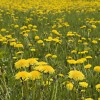
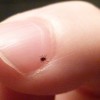
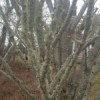
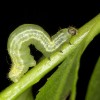
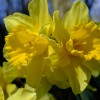
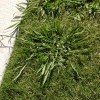
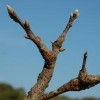
No comments yet.